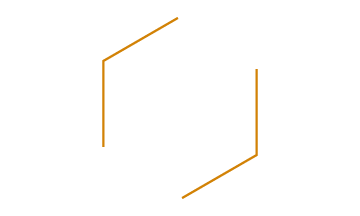Supplemental Material
Author Affiliation
Loewenstein and Hagmann, Department of Social and Decision Sciences, Carnegie Mellon University; Bryce, Graduate School of Public Health, University of Pittsburgh; Rajpal, Bethesda, Maryland. Corresponding author’s e-mail: [email protected]
References
1.Madrian, B. C., & Shea, D. F. (2001). The power of suggestion: Inertia in 401(k) participation and savings behavior. Quarterly Journal of Economics, 116, 1149–1187.
2.Johnson, E. J., & Goldstein, D. G. (2003, November 21). Do defaults save lives? Science, 302, 1338–1339.
3.Johnson, E. J., Hershey, J., Meszaros, J., & Kunreuther, H. (1993). Framing, probability distortions, and insurance decisions. Journal of Risk & Uncertainty, 7, 35–53.
4.Acquisti, A., John, L., & Loewenstein, G. (2013). What is privacy worth? Journal of Legal Studies, 42, 249–274.
5.Kressel, L. M., & Chapman, G. B. (2007). The default effect in end-of-life medical treatment preferences. Medical Decision Making, 27, 299–310.
6.Kressel, L. M., Chapman, G. B., & Leventhal, E. (2007). The influence of default options on the expression of end-of-life treatment preferences in advance directives. Journal of General Internal Medicine, 22, 1007–1010.
7.Halpern, S. D., Loewenstein, G., Volpp, K. G., Cooney, E., Vranas, K., Quill, C. M., . . . Bryce, C. (2013). Default options in advance directives influence how patients set goals for end-of-life care. Health Affairs, 32, 408–417.
8.Thaler, R. H., & Sunstein, C. R. (2008). Nudge: Improving decisions about health, wealth, and happiness. New Haven, CT: Yale University Press.
9.House of Lords, Science and Technology Select Committee. (2011). Behaviour change (Second report). London, United Kingdom: Author.
10. Bovens, L. (2008). The ethics of nudge. In T. Grüne-Yanoff & S. O. Hansson (Eds.), Preference change: Approaches from philosophy, economics and psychology (pp. 207–220). Berlin, Germany: Springer.
11. Wortman, C. B., & Brehm, J. W. (1975). Responses to uncontrollable outcomes: An integration of reactance theory and the learned helplessness model. Advances in Experimental Social Psychology, 8, 277–336.
12. Haisley, E., Volpp, K., Pellathy, T., & Loewenstein, G. (2012). The impact of alternative incentive schemes on completion of health risk assessments. American Journal of Health Promotion, 26, 184–188.
13. Halpern, S. D., Ubel, P. A., & Asch, D. A. (2007). Harnessing the power of default options to improve health care. New England Journal of Medicine, 357, 1340–1344.
14. Johnson, E. J., & Goldstein, D. (2004). Default donation decisions. Transplantation, 78, 1713–1716.
15. McKenzie, C. R., Liersch, M. J., & Finkelstein, S. K. (2006). Recommendations implicit in policy defaults. Psychological Science, 17, 414–420.
16. Davidai, S., Gilovich, T., & Ross, L. D. (2012). The meaning of default options for potential organ donors. PNAS: Proceedings of the National Academy of Sciences, USA, 109, 15201–15205.
17. Writing Group for the SUPPORT Investigators. (1995, November 22). A controlled trial to improve care for seriously ill hospitalized patients: The Study to Understand Prognoses and Preferences for Outcomes and Risks of Treatments (SUPPORT). JAMA, 274, 1591–1598.
18. Fagerlin, A., & Schneider, C. E. (2004). Enough: The failure of the living will. Hastings Center Report, 34(2), 30–42.
19. Falk, A., & Zimmerman, F. (2013). A taste for consistency and survey response behavior. CESifo Economic Studies, 59, 181–193.
